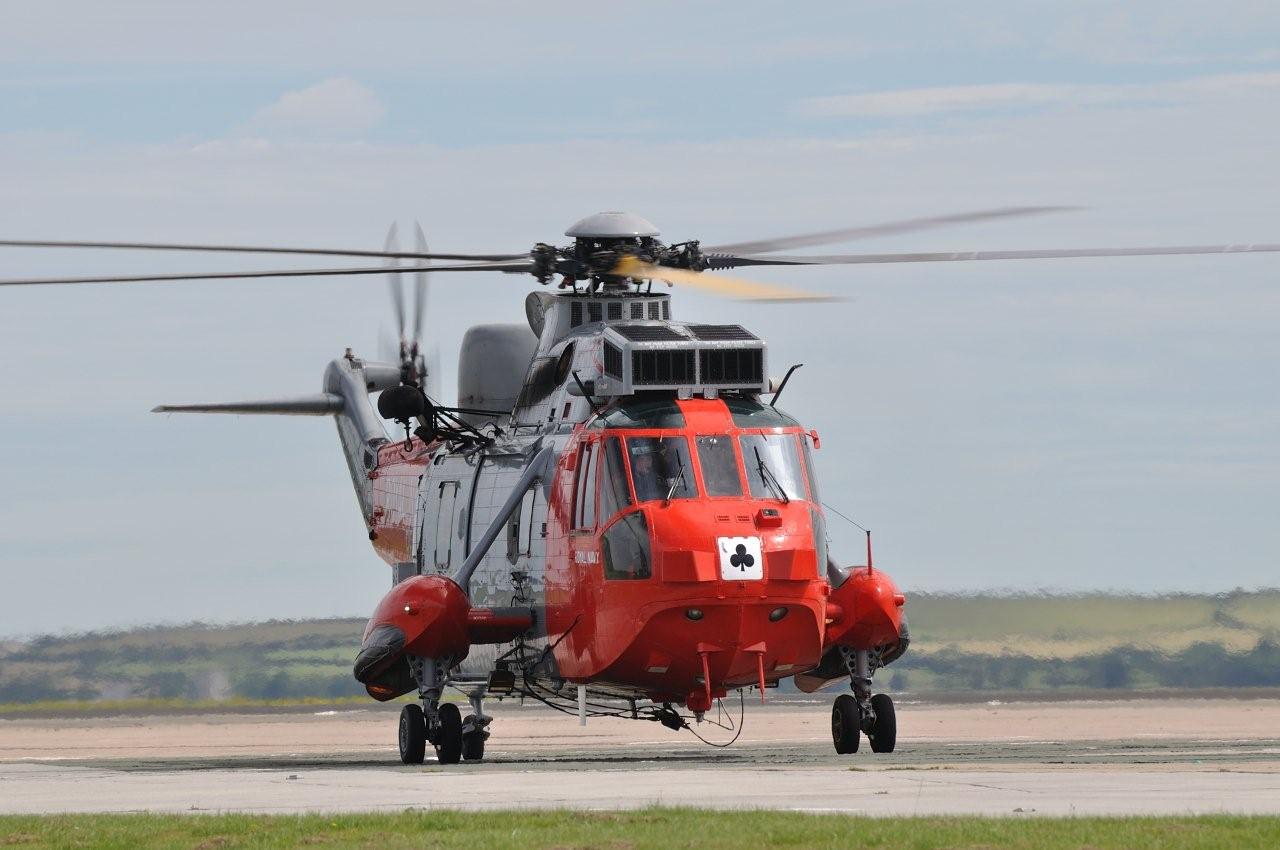|
The Fleet Air Arm in Cornwall,
19th may 2010
After a nice ride through the beautiful countryside of Cornwall we
arrived at the main gate of Culdrose Naval Air Station aka HMS Seahawk.
Culdrose is home to the Royal Navy Merlin fleet. Also maintenance is
performed to those of the Royal Air Force. Designed during the second
world war as a training base for fighter planes of the RN the airfield
was not ready for use until after the war had ended. Having had
different tasks and having been home to various units in the past it is
now one of the biggest helicopter bases of the RN.
At Culdrose now you will find a great variety of helicopters and fixed
wing aviation. Based are 814 “tiger” Naval Air Squadron, 820 NAS, 824
NAS (training) and 829 NAS, all equipped with the EH101 Merlin. The
tasks performed by the Merlin units are very broad and consist of ASW,
SAR, troop transport and vertical replenishment. On the base are also
found the Sea King squadrons: 854 NAS (Airborne Surveillance and Control
/ ASaC), 857 NAS (ASaC), 849 NAS (ASaC training) flying the Sea King Mk
7 and 771 NAS (SAR) flying the Sea King HU5. The fixed wing elements are
750 NAS flying the propeller driven two engine Jetstream and Fradu with
there all black Hawk jet trainer aircraft.
750 NAS role is Observer training. The task of the Fleet Air Arm
Observers is to co-ordinate between the weapon systems of the ships and
the aircraft during a sea battle. The Jetstreams they are flying are
beginning to reach their end. Two weeks after our visit the first would
go out of service and to the FAAM at Yeovilton. Attempts to sell them at
the civil market have not been successful. The aircraft are equipped
with a kind of engine that is only in use with the Jetstreams of the
Royal Navy. In the whole world there are only 22 of these engines and
they are all Navy owned.
The Fradu (Fleet Requirements and Air Direction Unit) uses its Hawks
among others for simulated ship attacks, Fighter Controller training and
training the helicopter crews how to respond to fighter attack. For the
simulated ship attacks the Hawks operate together with the Falcon 20’s
of Cobham. The Falcon flies to the intended target with four Hawks
alongside. At a certain range the Hawks are “released” like missiles and
fly towards the ship.

The
Hawks are leased from the RAF. On the day of our visit there were two
Hawks in the hanger that had suffered a bird hit on the nose. Because
these Hawks are older types in the inventory there are no spare parts to
recover the damaged body work. Plates have to be hand made by a
specialist team. However, with the RAF busy in Afghanistan and
reequipping with the new Hawk T2 it remains to be seen when these two
Hawks come to the top of the priority list. One of them had been in the
hanger for 1,5 years.
Our host was wonderful and we went from unit to unit, from hangar to
hangar and everywhere a helicopter or aircraft was parked we made a
stop. Also the Dummy Deck was not forgotten. Here is located the Royal
Navy School of Flight Deck Operations. Sailors get to practice moving
the aircraft and helicopters about on the ships flight deck. It was nice
to see so many Sea Harriers again. It is even nicer that, in order to
get used to the noise on the real flight deck, once in a while the
engines of the Sea Harriers are started.
One of the units we visited was 820 NAS flying the reliable Sea King and
as a big sign before entering the squadron buildings pronounces full of
pride: it is the oldest flying unit within the Royal Navy and the oldest
rotary squadron.
Predannack is about a quarter of an hours drive away from Culdrose and
is a former RAF night fighter base. Build in WW2 to protect the nearby
harbours'. From here attack missions were flown to Cherbourg and
protection was provided to the convoys in the Atlantic and the channel.
After the war the RAF abandoned the airfield and some years later the RN
moved in. These days this big airfield is in use by 626 Volunteer
Gliding School with Viking glider aircraft and used by the Merlins and
Sea Kings from Culdrose for flying practice like landings and load
lifting. To confirm the link between the two airfields some planes can
be found here in permanent storage that have once had a more active
service life at Culdrose.
|